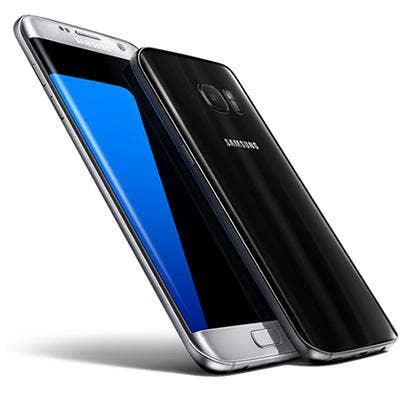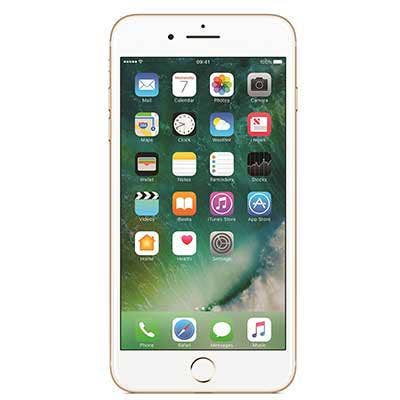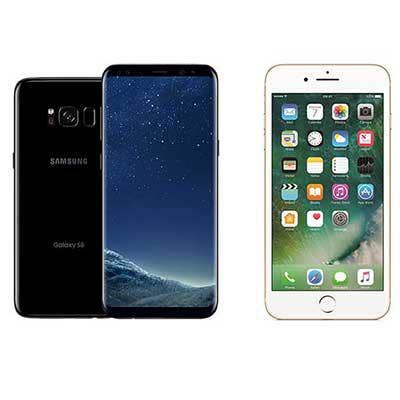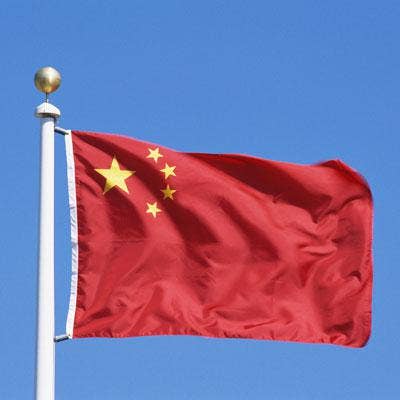Samsung, Apple And Huawei Lead Smartphone Sales: 5 Takeaways From IDC's 2017 Q1 Report

Smartphone Comeback?
The era of growth for the smartphone market may not be over. At least that's the message from the first quarter 2017 results for smartphone sales from IDC. The Framingham, Mass.-based research firm, via its Worldwide Quarterly Mobile Phone Tracker, reported strong sales during Q1 in the smartphone market, with vendors Samsung, Apple and Huawei leading the way.
In the following slides, we've rounded up our top five takeaways from the IDC report.

Sales Are Beating Expectations
IDC had been forecasting year-over-year growth in the smartphone market in Q1. But the actual results exceeded the firm's estimates. IDC found that smartphone shipments worldwide grew 4.3 percent during the first quarter, from the same period a year earlier to 347.4 million (an increase of about 15 million smartphone shipments). Previously, IDC had been forecasting 3.6 percent growth for the quarter. The results "further prove that the smartphone industry is not dead and that growth still exists," said Ryan Reith, program vice president with IDC's Worldwide Quarterly Mobile Device Trackers, in a news release announcing the results.

Samsung Regains Its No. 1 Position
In the fourth quarter of 2016, Apple had bested Samsung in smartphone shipments globally, following the release of the iPhone 7. In the first quarter of 2017, however, Samsung retook the top position with a market share of 22.8 percent and shipments of 79.2 million, according to IDC. The company's shipment volume was flat year-over-year, however. But it's still a strong showing particularly because Samsung's newest phones, the Galaxy S8, were not yet released during Q1 and the company's most recent phone, the Galaxy Note 7, had to be taken off the market.

Apple Sees Small Gains In Sales
While Apple wasn't able to hold onto the No. 1 position in Q1, the company did manage to generate some gains in shipments year-over-year, according to IDC. Apple's smartphone shipments grew to 51.6 million during the first quarter, from 51.2 million during the same period a year earlier. The growth was likely buoyed not just by the release of the iPhone 7 toward the end of 2016, but also the debut of a lower-priced 32GB model for the iPhone SE and a red-colored special edition of the iPhone 7 and iPhone 7 Plus (though those devices were introduced at the tail end of Q1).

Samsung And Apple Both Lose Market Share
Despite the strong showings during the first quarter by both Samsung and Apple, the companies each lost market share globally during the quarter. Samsung had captured 23.8 percent of the smartphone market during Q1 of 2016, which dropped to 22.8 percent in the first quarter of 2017. Meanwhile, Apple's market share of 15.4 percent in the first quarter a year ago was down to 14.9 percent during Q1 of this year.

Affordable Devices Are The Real Growth Area
The first quarter of the year saw the major growth coming from Chinese vendors – Huawei, OPPO, and Vivo, all of which gained market share. Huawei came in at No. 3 in worldwide smartphone shipments during Q1, with 9.8 percent of the market, up from 8.4 percent a year earlier. While many premium flagship smartphones have recently hit the market, IDC still expects "most of the growth to come from more affordable models," said IDC research manager Anthony Scarsella in the news release. "Despite all the popularity and media hype around premium devices, we continue to witness a shift in many companies' portfolios geared towards affordable devices with premium-type styling compared to flagship models," Scarsella added.